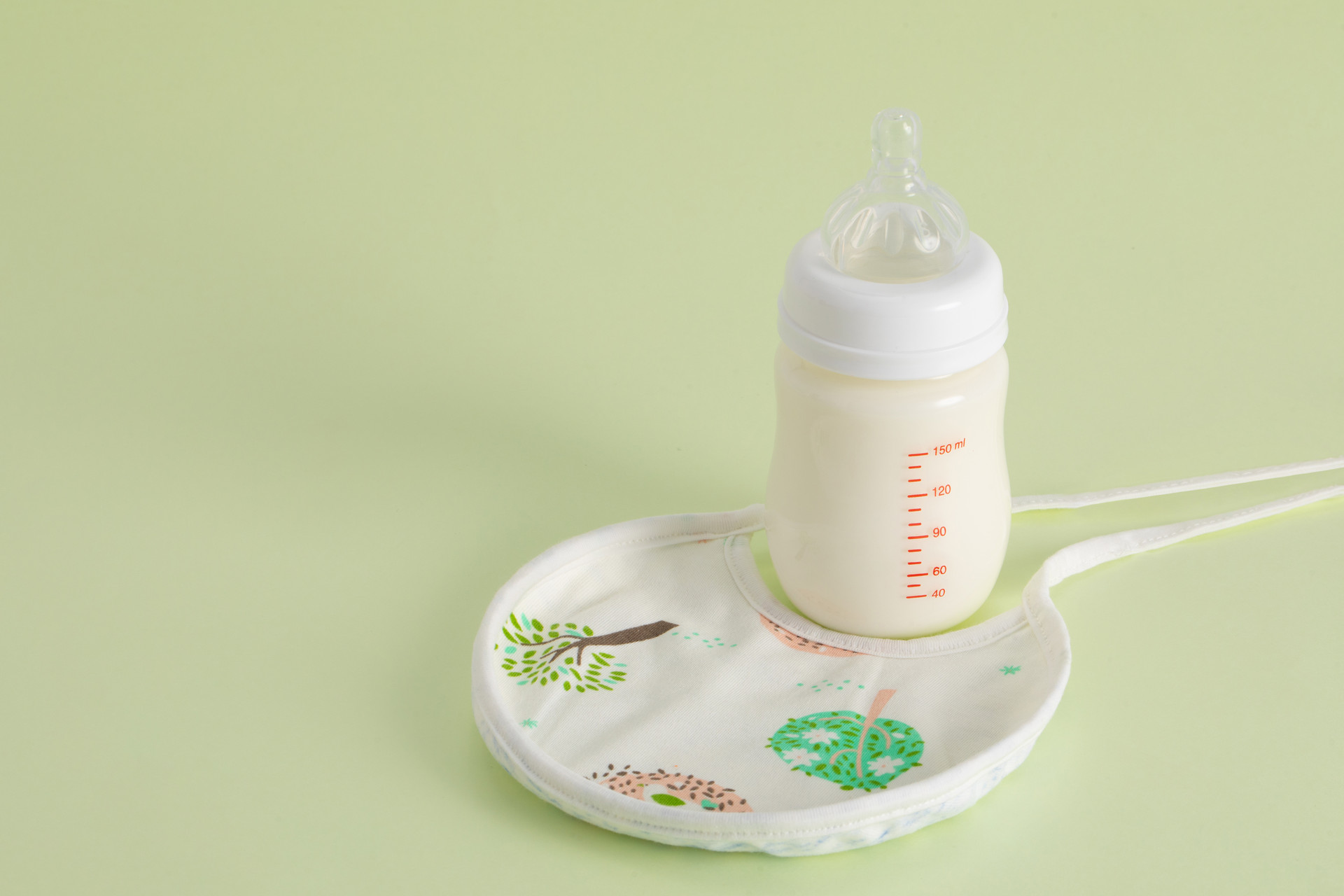Due to the different physical conditions of adults and children, the symptoms and treatment methods of many diseases may vary. So how do we judge when a baby is having some diseases? Below, we will analyze the specific symptoms of a baby getting "feverish".
Symptoms of a baby getting "feverish"
1. Dry Stool
Due to the incomplete development of the baby's digestive system, when the intake of calcium exceeds the recommended amount, it will combine with phosphorus and casein in dairy products, forming food accumulation and causing the baby to get "feverish". The symptoms include dry and hard stools, with a small amount and a pellet-like shape, and the baby only has a bowel movement every 3 to 5 days. The process of defecation is prolonged or difficult, and the baby may cry due to the pain caused by the stimulation of dry stools on the anus.
2. Sleep Disturbances
When the baby is sleeping, he/she often appears restless, irritable, crying, easily awakened, and constantly tossing and turning. Sometimes, he/she may even grind his/her teeth. If the baby has no other symptoms or physical discomfort, sleep disturbances may be caused by internal imbalance due to getting "feverish".
3. Oral Ulcers
Oral ulcers caused by getting "feverish" can result in discomfort and pain. Non-verbal children may refuse to eat, become irritable and restless, and even refuse to drink water. Some babies may touch their mouths with their hands from time to time. If the above symptoms occur, it is necessary to check if the baby's oral mucosa and tongue have ulcers or sores.
4. Warm Palms
When a child's palms are warm and sweaty, it is often due to excessive internal heat. Children have a strong metabolism and faster blood circulation, which increases body heat production and requires heat dissipation through the skin. They may feel a higher body temperature and warmer palms. Normally, children may not feel any discomfort from warm palms. However, if the child is in a feverish state, this condition will be more evident.
Nursing methods for a baby getting "feverish"
1. Choose breastfeeding
It is best to breastfeed the baby after birth and ensure a sufficient amount of breast milk. Breast milk is the most ideal food for infants because it contains a high concentration of oligosaccharides, with a content of 8-12g/liter or more. There are more than 130 types of oligosaccharides, especially lactose oligosaccharides, followed by fructooligosaccharides. They exist in the intestines in the form of short-chain sugars, which can quickly promote the reproduction of beneficial bacteria and prevent the baby from getting "feverish".
2. Protect oral health
The saliva secreted by the baby can moisturize the mouth, so mothers can find ways to increase saliva secretion, such as giving the baby plum juice, lemon juice, eating seedless preserved plums, blueberries, etc. Of course, it is also important to develop the habit of brushing teeth after meals to keep the mouth fresh and prevent the growth of bacteria.
3. Properly supplement water
Develop the habit of giving the baby plain water to supplement the water needed in the body, while also cleaning the intestines and removing waste. If the baby does not like to drink plain water, you can add some sugar or fruit juice. Ensure that the baby has enough sleep in daily life, as insufficient or poor-quality sleep can cause "feverish". Also, pay attention to maintaining a fresh indoor environment and keep the child in a happy mood. In addition, it is important to balance work and rest and not let the child become excessively fatigued.
4. Properly introduce complementary foods
For a 4-month-old baby, it is appropriate to introduce complementary foods such as rice soup, mashed sweet potatoes, vegetable puree, meat puree, liver puree, fruit juice, etc. After 6 months, in addition to breastfeeding, it is necessary to supplement the baby with foods rich in dietary fiber such as cereals, fresh vegetables, fruits, etc., to prevent "feverish" and constipation.











